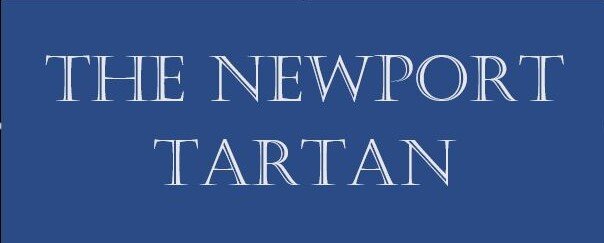The Tale of the Tartan
Tartan is a pattern consisting of criss-crossed horizontal and vertical bands in multiple colors. Traditionally, tartan was woven by hand in four shaft looms using colored woolen yarns. The weaver used alternating bands of threads woven as both warp and weft at right angles to each other. That formed regular blocks of colors repeated vertically and horizontally in a distinctive pattern of squares and lines.
Tartan originated in woven cloth, but is now used in many other materials. If you pay close attention, you may find tartans anywhere at home: in your wardrobe (scarves, pullovers, skirts), in your kitchen (table cloths), in your bedroom (pajamas, blankets), etc.
Although tartan is most commonly associated with Scotland, it is actually an ancient textile design which has been known all across western and central Europe for thousands of years.
When people think of Celtic culture, sometimes their mind goes straight to a man wearing a patterned kilt playing a matching set of fabric bagpipes. It’s a vivid cultural image, in part thanks to to the rich fabric that man is wearing. The kilt of this imaginary man is tartan, a pattern of interlocking lines of varying width that run horizontal and vertical across the fabric.
In Scotland, the Tartans have large cultural significance. The oldest known tartan item in Scotland dates back to the third or fourth century. In early times, tartan would have been homespun with wool. The complexity and colors of the tartan was a status symbol; the wealthier you were, the more patterned and colorful your tartans would be. The traditional garment, which would later develop into the pleated kilt familiar to us today, was a long piece of fabric that was gathered around the waist and held there with a belt.
As time went on and the tartan became a source of Scottish pride, certain patterns began to be associated with certain Scottish clans. However, clan tartans are not the only named tartan patterns! Tartans can also be named after events, towns and locations, and individuals.
The Irish tradition of the tartan is similar, but not as deeply rooted in its Scottish counterpart. Kilts are not as much as a cultural item in Ireland; rather, tartans were used on blankets and other items. Traditional Irish tartans almost always represent a location or county, such as Co. Cork or Co. Armagh.
As the years have gone by, it has become more common to place tartan patterns on other clothing items, such as scarves or hats. It’s a great way to show off your pride in your roots!


